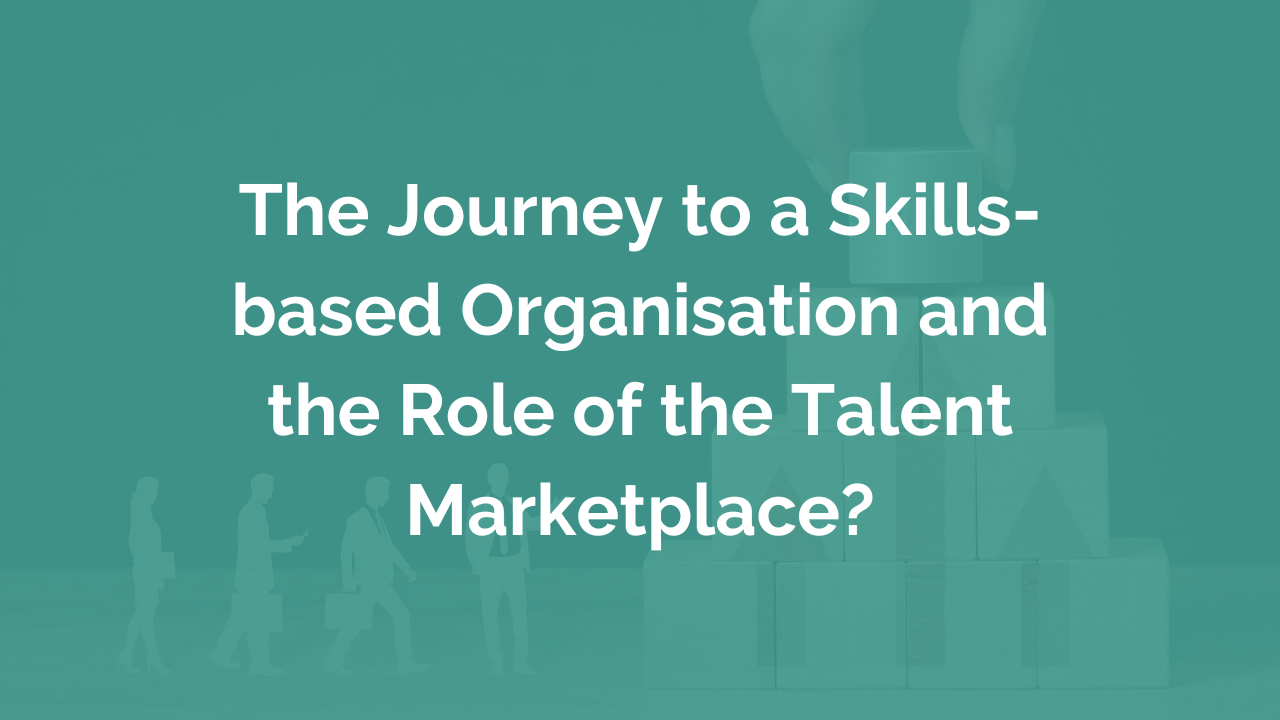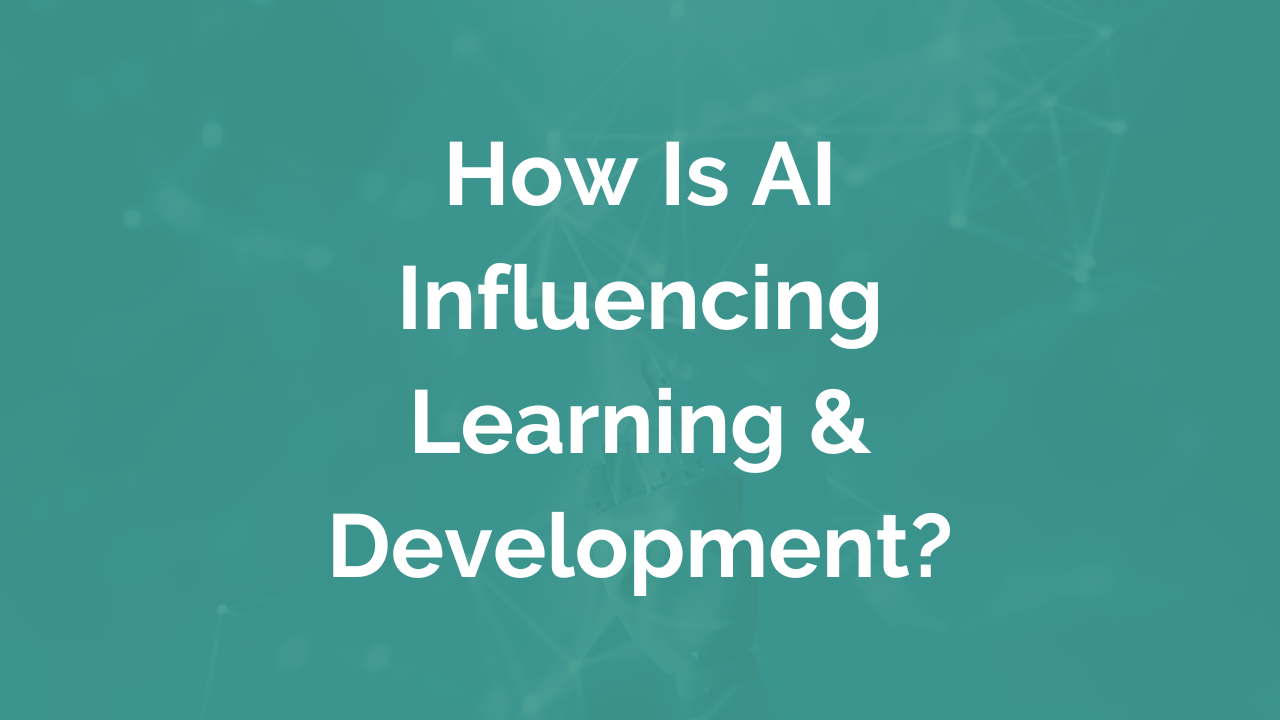One of the most exciting trends in people analytics is the rapid growth of Organisational Network Analysis (ONA), which whilst not new is witnessing a resurgence thanks to developments in technology, new ways of working and changing business requirements. When I meet with people analytics leaders, ONA regularly crops up in the conversation as one of the techniques that they have either already begun to use or plan to deploy within their organisations.
Read MoreFrom economic instability to remote working policies, disrupting events in 2020 have forced many organisations to adapt their business and operating models rapidly. This, in turn, has left many HR leaders wondering how they can best plan for their workforce in a constantly evolving landscape. Tie this in with the current skills shortage that most industries face; the need for an effective workforce planning strategy has never been more transparent. But workforce planning is more than just forecasting headcount and budget allocations. It is a process that aligns an organisation's workforce with its overall business strategy and goals. It involves understanding the current and future workforce composition, identifying gaps, and developing action plans to bridge them. As our Insight222 People Analytics Trends 2022 report showed, Workforce Planning is also a key area where HR leaders and People Analytics more specifically add business value.
Read MoreCompanies that are innovation leaders are changing the world. They are developing new ways to perform business while beating their competitors during looming talks of recession and business shrinkage. Leading Companies are doing this by turning to their most significant asset, their people, and implementing a more effective and welcoming employee experience through employee listening. What’s more people analytics teams in Leading Companies are responsible for/drive employee listening more than non-Leading Companies.
Read MoreThe focus of DEIB has only grown in the last few years. Because of that massive shift in how we view health and wellbeing in the workplace, people began evaluating their work-life balance and altering their priorities. Instead of only working for a paycheque and their financial wellbeing, people now prefer to work for a company that values people as individuals and cares about employee wellbeing. Moreover, our Insight222 People Analytics Trends 2022 report, Impacting Business Value: Leading Companies in People Analytics, showed that diversity & inclusion is one of the top three areas where people analytics adds the most value.
Read MoreThe Insight222 People Analytics Trends research for 2022 found that people analytics as a discipline has grown in importance and that the accelerated growth of and investment in people analytics was not a “flash in the plan”. A question that people analytics leaders frequently ask is, “what size should my team be?” Insight222 introduced a new method for understanding the optimal people analytics team size. This is the ratio for people analytics, which compares the number of people in the people analytics team with the total employee headcount of the company.
Read MoreMercer’s Global Talent Trends 2022 study articulates the shift towards a skills-based organisation. The report outlines how companies who are successfully doing this are addressing skills shortages through a two-pronged approach. First, they are Bending the Demand Curve through deconstructing jobs into tasks, automating parts of jobs, redesigning jobs and redesigning work models to make it easier to find people to do the tasks needed. This is coupled with Bending the Supply Curve through accessing non-traditional talent pools, reskilling/upskilling and redeploying existing talent, rebalancing the employee value proposition to attract new talent, and considering co-opetition and talent sharing.
Read MoreWhat are Leading Companies doing differently with people analytics to impact more business value? We often hear this question from CHROs and senior HR executives looking to add greater business value to their organisations with people analytics. As a result, Insight222 focused its People Analytics Trends research this year on investigating what “the best of the best” in people analytics are doing. These organisations are called “Leading Companies” and the aim of this year’s research was to identify key characteristics that allow them to deliver more value and create more impact in their businesses, than others.
Read MoreWith the growing awareness of people analytics and how it delivers actionable value to their organisations, business leaders are turning their attention to implementing it into the most profitable sectors of their company. Understandably, there is a desire to gain the most return on investment from the performance. To accomplish this, it is essential to know where people analytics contributes the highest value and focus energy in that direction.
Read MoreIn this expert interview, David Green speaks to Phil Arkcoll, CEO and co-founder of Worklytics, to understand how the pandemic has changed the way we work through remote work. Phil also highlights how the notion of work culture, interpersonal skills, and cohesive team collaboration has been affected by hybrid working. The discussion also covers Organisational Network Analysis (ONA) and how organisations can use network analysis to assess how this shift to hybrid working impacts productivity.
Read MoreAI and technology are becoming more and more intertwined with the duties of HR. With the realisation from C-suites and business leaders that HR plays a large part in business success, CHROs, HRBPS and analytic teams have a new responsibility to become more aware of recent advancements. Moreover, understanding how it improves all aspects of people management, including learning and development, is essential.
Read More









